BTicino Control devices for switches and sockets

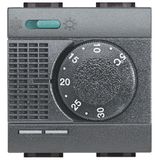
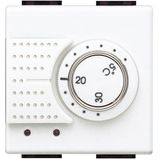
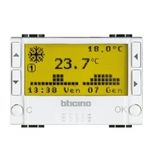
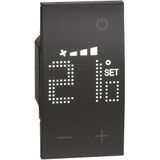
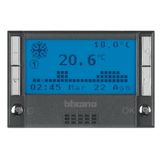


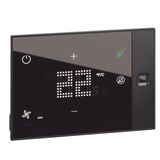

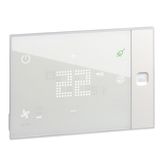


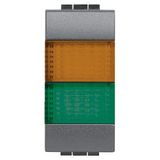




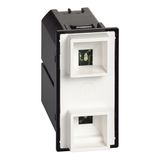


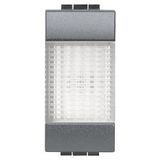

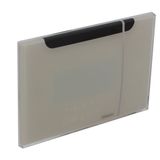
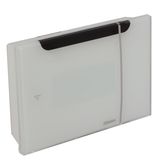
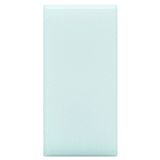
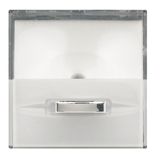
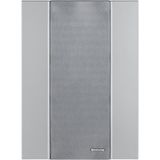
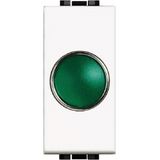


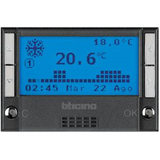

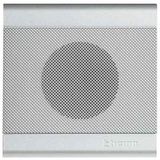

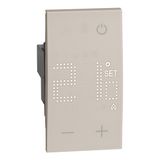
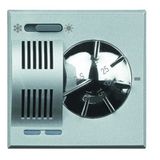
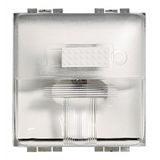
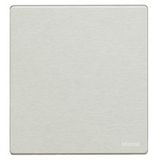
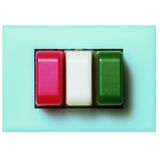
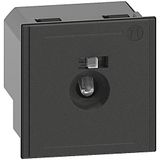




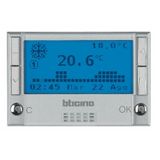
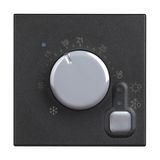


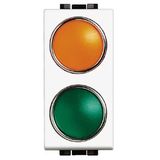
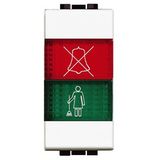
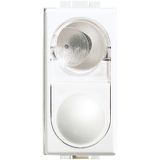


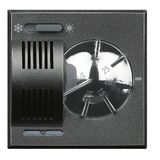
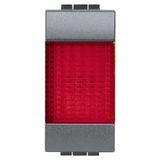
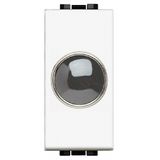
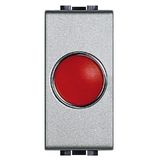
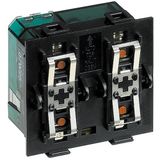
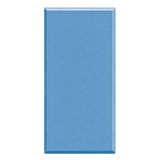
Bticino control devices (such as bticino control modules, bticino switches and controls, bticino push buttons, and bticino automation devices) form the interactive layer between users, automation systems, and electrical loads. These components do more than merely open or close a circuit — they enable logic control, scene switching, remote commands, and feedback. In building and industrial systems, bticino intelligent devices and bticino control units are critical for scalable, safe, and maintainable automation.
From a technical point of view, Bticino control devices must satisfy constraints on contact durability, switching voltage/current ratings, compatibility with automation buses, response speed, and longevity under mechanical stress. For procurement and integration, selecting the right Bticino control devices means assessing switching capacity, module interface (KNX, bus, conventional wiring), mounting format, and environmental ratings.
Bticino Switches and Manual Control Devices — Core Layer
At the base, bticino switches and controls include mechanical push buttons, selector switches, rocker switches, and emergency stop buttons. These bticino push buttons are used for local control of lights, motors, or system functions. Typical ratings range from 5 A to 16 A at 230 VAC, or in low-voltage control circuits (12 V, 24 V) for signaling.
The advantages: simplicity, ease of replacement, tactile feedback. The limitations: no logic capabilities, limited expansion. In procurement, engineers choose button style (flush, surface, illuminated), contact configuration (NO, NC, changeover), mounting size (22 mm, 30 mm), and inherent ratings. For bulk orders, standardizing on frame sizes and MPN codes is essential to simplify panel assembly and spares stock.
Bticino Control Modules & Automation Devices — Intermediate Logic Layer
Beyond simple switches, bticino control modules and bticino control units perform automated or programmed tasks. These include relay logic modules, timer modules, scene controllers, interface modules for sensors, and bus interface modules. They allow conversion of control inputs into actions across lighting, blinds, HVAC, and other subsystems.
Typically, these modules integrate with Bticino modular installation systems (flush panels or DIN-rail mounting) and communicate with control buses (wired or wireless). Procurement teams compare logic capacity (number of outputs, switching current), input options, programmability, and module interoperability. Such devices often include LED indicators, override buttons, and diagnostic feedback.
Intelligent Automation Devices & Integrated Control
At the top end, bticino intelligent devices encompass smart modules with embedded logic, networking, and feedback. They might include KNX interfaces, IoT-capable relays, occupancy sensor modules, or gateways. These bticino automation control devices provide data, monitoring, scheduling, and remote control capabilities. In a modern infrastructure project, these smart modules become focal points for energy efficiency, system integration, and user experience.
Engineers evaluate communication protocols (KNX, Modbus, IP, etc.), response latency, firmware update capability, and interoperability with other brands. These devices often coexist with simpler modules and traditional switches, forming a layered control architecture.
Compatibility and Integration Notes
Bticino control devices are designed to integrate smoothly into the company’s modular wiring systems. A unified frame and mounting system allows mixing switches, modules, and smart units in a consistent grid. Wiring terminals across devices often accept the same conductor sizes and types (solid, stranded), easing panel standardization.
Control modules and units may interface with control buses, sensors, or actuators. Their electrical and signal compatibility must align with external systems. Because many devices are flush-mounted in walls or panels, depth, ventilation, and heat dissipation are design factors. Standardization of module interfaces and mounting simplifies maintenance and future upgrades.
Technical and Safety Standards
Bticino control devices adhere to key IEC/EN standards for low-voltage control, such as IEC 60947 (control circuit devices) and IEC 60669/60898 (switches). Contact materials and plastics are rated for lifespan and fire safety (typically UL 94 V-0). Devices are tested for mechanical endurance (tens or hundreds of thousands of cycles), insulation voltage, dielectric strength, and EMC immunity. Environmental ratings (humidity, temperature, vibration) are defined per product, often ranging from –20 °C to +50 °C or higher, depending on series.
Applications and Use Cases
Bticino control devices are used broadly in:
- Building automation: controlling lighting scenes, shutters, HVAC zones.
- Industrial utility panels: local push-button control and interface modules.
- Smart homes with mixed manual and automated controls.
- Retrofit installations bridging classical switches and smart modules.
- Infrastructure and commercial buildings with layered automation.
During specification, engineers compare required module counts, control logic, local manual override capability, and integration with higher-level control systems or BMS.
How to Select the Right Bticino Control Device
- Define function — manual switching vs logic control vs network automation.
- Determine electrical rating — current, voltage, load type (resistive, inductive).
- Check module interface — whether bus, discrete I/O, or hybrid.
- Consider physical format — flush-mounted frames, DIN modules, or embedded units.
- Assess environment — dust, humidity, vibration, and temperature stability.
- Procure smartly — standardize MPN/EAN, order in quantities aligned with installation units.
Avoid common mistakes like under-rating contactors for reactive loads, or mismatched bus interfaces — both create field failures.
Wholesale Supply of Bticino Control Devices by Bank of Lamps
At Bank of Lamps, we stock and supply the full suite of bticino control devices, modules, push buttons, and automation control units tailored for both retrofit and new installations. Our B2B approach includes personalized pricing based on project scale, with a dedicated account manager offering technical support from selection through delivery. You’ll have real-time stock visibility across our central warehouse and partner depots, so you know exactly what's available before confirming a quote. Quote inquiries are typically answered within an hour, and ordering via EAN / MPN codes enables precise bulk uploads to your system. Downloadable price lists remain valid within set time windows, and we provide transparent lead-time tracking from order placement to dispatch. Your purchase history stays accessible for effortless reorder processing. For established customers, post-payment up to 30 days is an option, and we offer consolidated shipping when combining these devices with other product categories. Deliveries reach the UK, Germany, Netherlands, France, Spain, Belgium, and the Baltics, with every shipment including full compliance certification, traceability, and installation documentation to support seamless deployment.